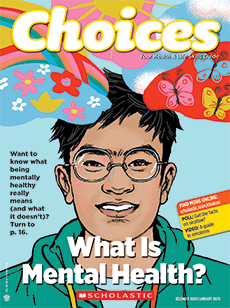Take this quiz to make sure you enjoy a healthy relationship with food—and to find out how to get help if you need it.
Distinguish facts from common misconceptions about eating disorders; describe a healthy relationship with food and understand its impact on physical and mental health; understand how people with eating disorders can seek help.
